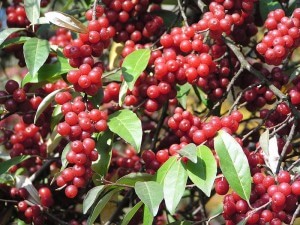
Autumn Olive (Elaeagnus umbellata) is an invasive shrub in central and eastern United States. It was introduced in the 1930s and promoted in the 1950s as a great food for wildlife. It is a great food for wildlife, and people, but it produces so much fruit that birds carry the seeds all over the central and eastern part of the country, and it grows so dense and in so many soil types that is shades out native species. There are many other plants in the genus Elaeagnus worldwide and many facts in this article apply to a number of them also.
Edibility and Culinary Use
The only part of the plant known to be edible is the red berries. They sometimes grow extremely abundantly. The ripe berries are very tart and sweet. Although I eat them raw, many people would find them too tart. They are best used for recipes like pie. They make very good preserves like autumn olive fruit leather and jam. The fruit leather and jam in my opinion is top quality and taste, just as good if not better then common flavors like grape and strawberry.
Health Benefits
Autumn Olive is loaded with vitamins and minerals including sugars, proteins, Vitamins A, C, and E, flavanoids, and others. Autumn Olive has a high fatty acid content which is not common in fruits. Like many other wild edibles it also is being studied as a treatment to halt or reverse the progress of cancer.
Key ID Features
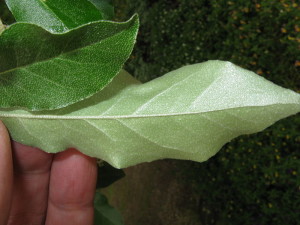
There are 2 key ID features to look for. The first is that the leaves have a distinctly lighter colored underside. The second is that the leaves and fruit are covered in tiny silver dots if you look closely. Also note that the berries turn from tan to red and ripen in fall.
Conclusion
Autumn Olive is a great fall foraging plant. Not a native plant but invasive, it grows all over disturbed areas. It’s one of the first plants to start shading out grass in places where trees have been cleared and the open land is changing back into forest. This fall try to notice the abundant red berries, and year after year you will have a great supply of Autumn Olives for pies, jam, and fruit leather.
Read our Article on: Safe Foraging

Many of our readers find that subscribing to Eat The Planet is the best way to make sure they don't miss any of our valuable information about wild edibles.
See our privacy policy for more information about ads on this site

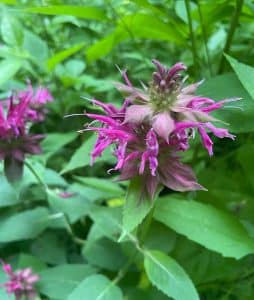
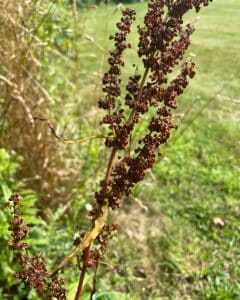
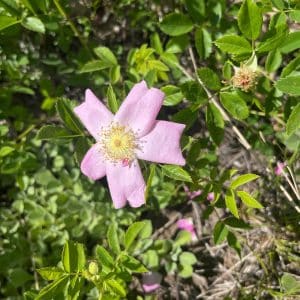
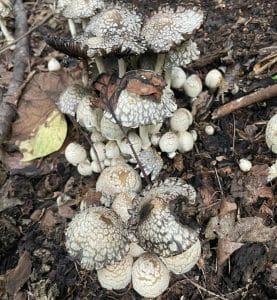
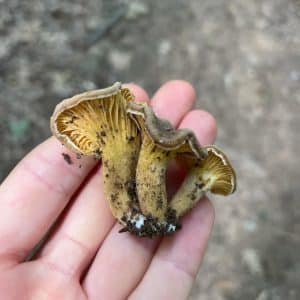
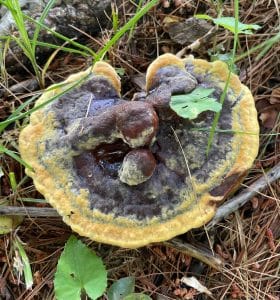
3 Responses
LIKED YOUR ARTICLE ON AUTUMN OLIVE, I AM DOING A PROJECT ON INVASIVE SPECIES FOR MY ENVIRONMENTAL SCIENCE CLASS. WOULD IT BE POSSIBLE TO DO AN EMAIL INTERVIEW?
THANK YOU
Sorry for the delay in response. Sure. feel free to email me anytime at eattheplanet.org@gmail.com. thanks.
I have a large one these but it has never fruited. I then planted two more nearby to see if this helps. But still no fruit. Any ideas why? I have other Elaeagnus species also on site.